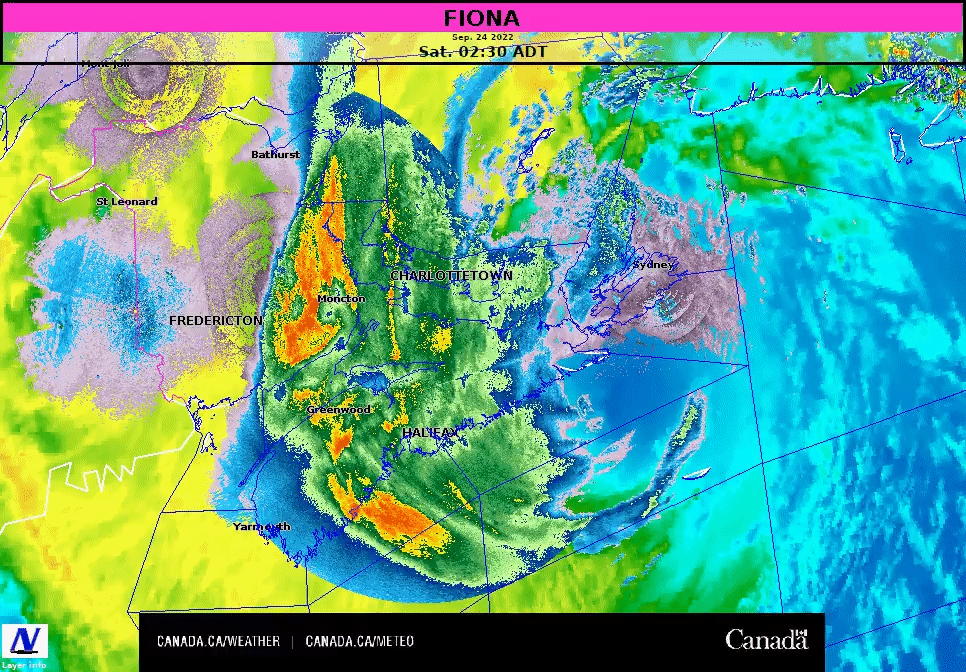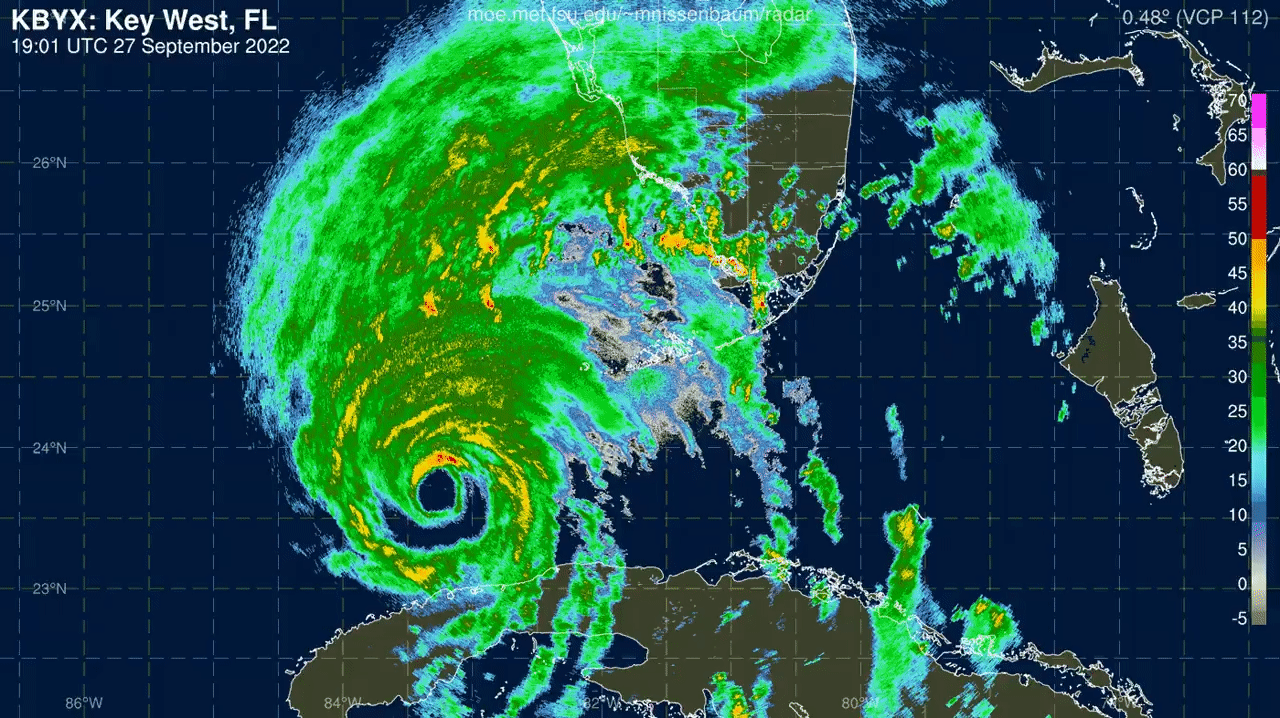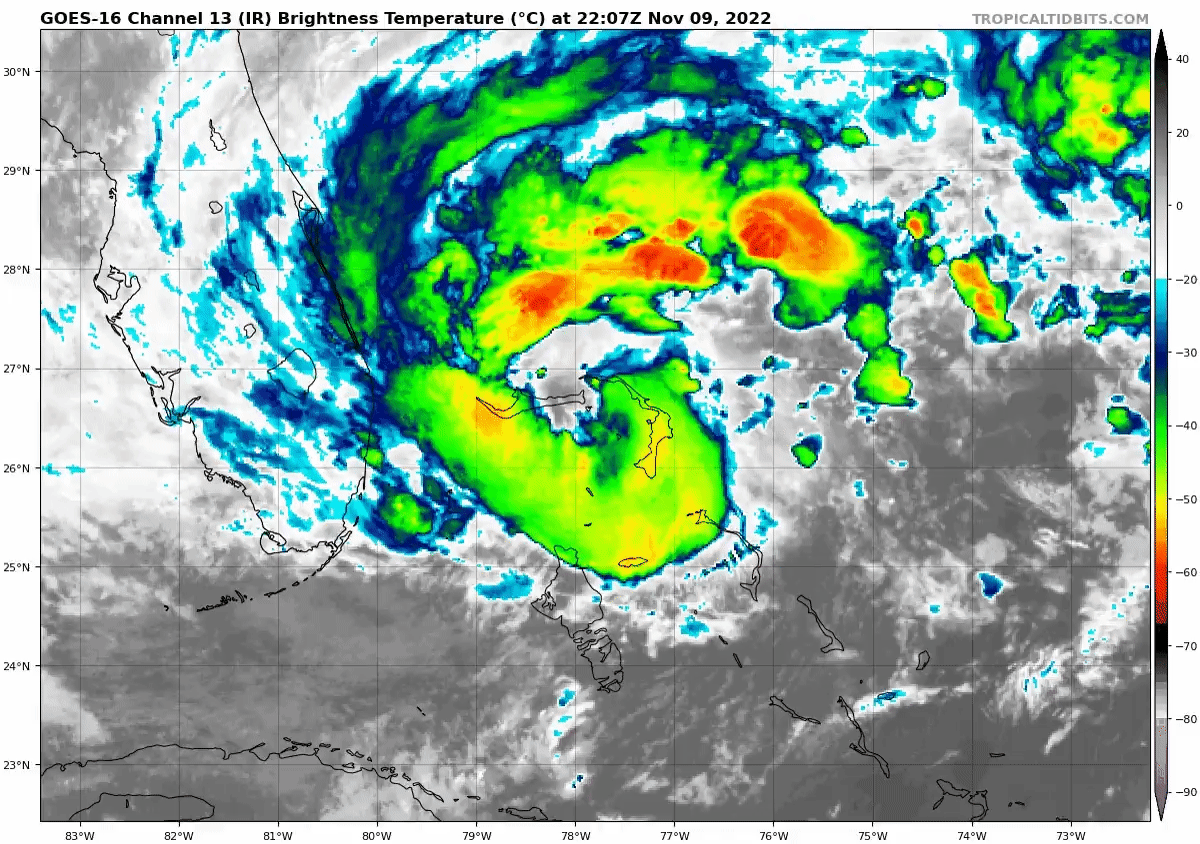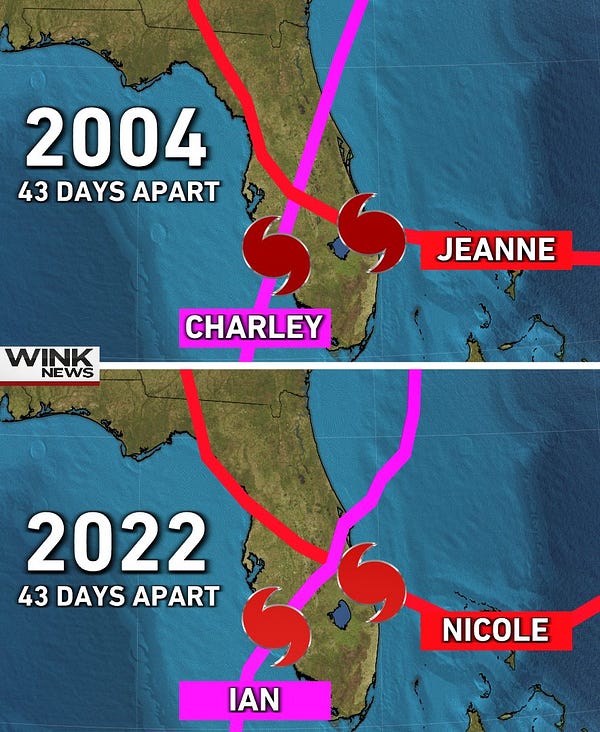Devastating 2022 Hurricane Season Comes to a Close
The 2022 Atlantic hurricane season was in like a lamb but out like a lion

The deadly and destructive hurricane season of 2022 officially ends. In its wake, the long road to recovery continues, especially in southwest Florida, where Ian – the deadliest hurricane to strike the mainland U.S. in at least a decade and one of the costliest hurricanes on record – devastated communities and reshaped shorelines. It was a season that fooled the foolish but stunned even the seasoned. It was a season that didn’t know when to end.
A “normal” season by the numbers – 14 named storms and 8 hurricanes, nearly identical to the 1991-2020 average – 2022 was anything but normal.
The historically slow start befuddled forecasters. Despite a raging La Niña in the Pacific – the coolest configuration of equatorial waters since 2010 that typically portends an uptick in Atlantic hurricanes – and unusually warm waters throughout the tropical Atlantic, the Atlantic hurricane season went dormant for an incredible 60 straight days from July 3rd through August 31st – a third of the season – absent a single tropical depression, tropical storm, or hurricane. This August was only the second August in 60 years to record no tropical activity in the Atlantic.
We knew better than to be duped by the sleepy whims of Mother Nature. September opened and Danielle broke the dry spell, becoming not only the first named storm in over 60 days, but the first hurricane of 2022. Most impressively, the first hurricane of 2022 formed about as far north and east as any previous hurricane in September. Water temperatures are typically much cooler this far north, but in the area where Danielle formed, sea surface temperatures topped 80 degrees for the first time since complete satellite coverage of oceans began over 40 years ago.



Less than five days after Danielle became a hurricane, Earl organized into the second Atlantic hurricane of 2022 and flirted with major (Category 3) hurricane status as it grazed Bermuda, bringing blustery tropical storm conditions to the British Overseas Territory. But the first big impacts of 2022 wouldn’t come until mid September, when Fiona moved into the Caribbean, first unleashing over 20 inches of rain and destructive mudslides across Guadeloupe before consuming Puerto Rico with catastrophic flooding, dropping over 30 inches of rain and casting the entire island into intermittent darkness in the days following. Fiona is responsible for at least 25 deaths in Puerto Rico.


As Fiona morphed into a powerful storm over the Canadian Maritimes, becoming both the most intense storm in Canadian history and the costliest extreme weather event ever recorded in Atlantic Canada, back here in the U.S., we turned our attention to Ian moving through the central Caribbean.


In the days to follow, Ian would strike western Cuba as a Category 3 hurricane with 125 mph winds before recharging and striking southwest Florida as top-end Category 4 hurricane on the afternoon of Wednesday, September 28th.


Ian swept a catastrophic 10 to 15 foot storm surge across coastal Lee County, including over Pine and Sanibel Islands and Fort Myers Beach, and brought widespread river flooding throughout the Florida peninsula.
The hurricane tied for the fifth strongest continental U.S. landfall on record. With at least 139 deaths in Florida alone, Ian is the deadliest mainland U.S. hurricane since at least Sandy in 2012 and, pending final reports, the deadliest hurricane in modern Florida memory.
The superlatives continued deep into the hurricane season, with three hurricanes forming during the month of November, tying for the most November hurricanes on record.


Among those November hurricanes, Nicole struck Florida’s Atlantic coast near Vero Beach during the pre-dawn hours of November 10th, becoming the latest hurricane to strike the Florida peninsula since records began in 1851. Nicole came ashore in Florida only 43 days after Ian, making 2022 the first hurricane season in 17 years with two Florida hurricane landfalls.


Nicole was an unorthodox end to an unorthodox hurricane season. Despite its modest strength, the breadth of its winds acted like a powerful Florida nor’easter, chewing up large stretches of Atlantic beaches and adjacent infrastructure and causing major coastal flooding for nearly 300 miles from Florida’s Treasure Coast to the Golden Isles of southeast Georgia.
Although overall activity in 2022 fell short of more bullish seasonal forecasts, it served as a stark reminder that bad hurricanes can happen any time during the season, especially when we least expect it. A watched pot never boils, and 2022’s pre-September head fake didn’t do us any favors. As we step into the winter months, enjoy the much-needed respite but as the short days of winter grow longer into the spring, don’t lose sight of 2022 and how you can better prepare you and your family for what may come our way in 2023.









Hi Michael, I’m writing to thank you sincerely for your daily newsletter. I live on the northern gulf coast (Alabama) and your science based insights and clear explanations are so helpful. Thanks again. Alyce
Michael Lowery, thanks for your extensive coverage of the 2022 season. Another very informative job was well-done!! You did a nice job of preparing everyone ahead of a storm, without the hype or misinformation. You, too, deserve a much-needed rest. I hope you plan on writing postings during the off-season. If any tropical entity should form during the off-season, I hope you would cover such a storm as well. Otherwise, I look forward to your summer postings during hurricane season. I hope you had a nice Thanksgiving and best wishes to you for a very Merry XMAS and a Happy New Year. Laura T. did you read today's article? Happy belated Thanksgiving to you, Laura. I hope you had a nice one despite what the hurricane did, as well as that 2nd hurricane, Nicole. How are things at the house? Did the insurance get all straightened out, and have the repairs to your roof and lanai been done? How is the neighborhood coming along? I hope things are well with you. We have had no big snow yet; we were lucky not to be living in the Buffalo Southtowns or near Watertown, N.Y.as they got dumped on hard!! We have a typical rain and wind storm HERE today, and it hit 50, not bad. Have a nice rest of the day!!